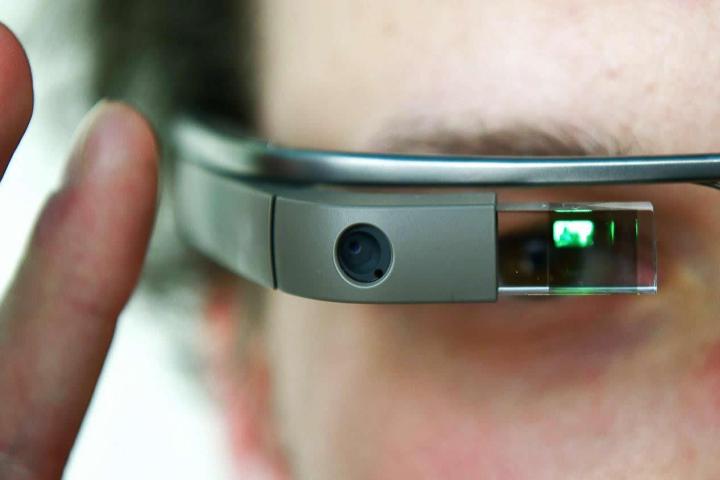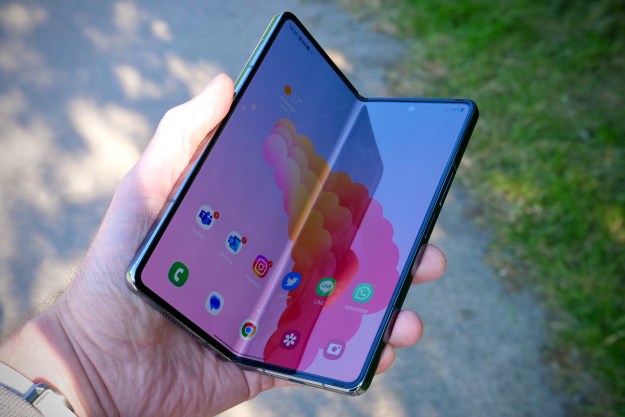
Noted by AdWeek on Monday, a new study conducted by market research and data collection firm Toluna indicates that a majority of Americans aren’t interested in purchasing Google Glass due to concerns about personal privacy. Specifically, 72 percent of Americans will avoid wearing Google Glass in public. Privacy concerns included the fear that private data could become public either through an accident or hackers breaking into the Google Glass software as well as the the fear of someone using Google Glass to remotely record user actions without express consent.
Speaking about the results of the study, Toluna managing director Mark Simon said “Google Glass is not yet available on the open market, although it is clear that a high proportion of individuals have concerns about the potential impact on their privacy. This is something Google and other tech companies using the technology should address before the product can become mainstream.”

Google can easily remedy the privacy stigma of Google Glass by launching an educational campaign when the product is ready to launch, likely on YouTube as well as national commercials. The company could also create educational documentation to distribute at LensCrafters and Sunglass Hut locations as part of the recent partnership with Luxottica. However, Google did release a list of ‘Google Glass Myths‘ last month to debunk popular misconceptions about the device.
Beyond personal privacy concerns, respondents were also worried that Google Glass could be a safety hazard. The potential for distraction was a big concern, namely the possibility that reading text on Google Glass could be difficult when navigating the surrounding environment such as walking or driving. In addition, approximately 33 percent of the survey respondents were worried about the expensive device being stolen by a mugger. The devices are fairly expensive at the moment, approximately $1,500 if you are accepted into the Explorer program.


